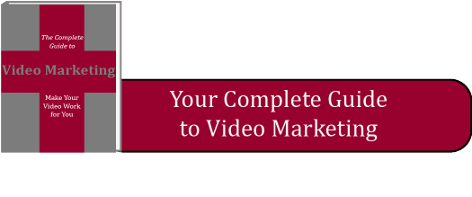Do you have a brand marketing strategy? Do you know what your brand marketing strategy is? If you don’t do you know why you should?
Do you think I am asking a lot of questions for the beginning of a blog article?
Let’s start with the basics. What is your brand?
Your brand is not necessarily what you have created or what you think but the perception of your company in the marketplace.
Understand Your Brand
What do people believe you do? I used to work for a large industrial company who for decades had been in warehouse automation. However, that is not what people in the marketplace thought they did. The perception in the market was that they specialized in static storage.
Even though they had specialized in these two different areas for years, they weren’t able to make the change in customers minds.
So how does that hurt?
If people don’t perceive you as a solution to their problem they don’t go to you to solve their problem. For instance, my fridge is made by Frigidaire. That makes sense. Their brand is refrigerators, right? Do a Family Feud-style survey, and I bet the Frigidaire brand “refrigerator or freezer” gets about 95%.
On the contrary, my oven is a Bosch. What are the chances that the word “oven” is associated with Bosch is anywhere above the 5% mark? Slim.
You need to understand what your customers and prospects think about your brand before you can change it.
If you are a new company, you don’t have the problem of changing your brand perception, but you have the challenge of building a brand from scratch. However, for the purpose of this conversation, we are going to say you have an established or at least semi-established brand.
Brand Elements:
Creative elements of your Brand: Your brand has a series of creative elements, like your corporate colors, your logo, your typeface, essentially everything that goes into your content marketing, website, business cards.
Message: The message of your brand is what you want people to think about when they interact with you. Mainly anytime a prospect touches anything about your brand whether online, at a trade show when they talk to customer service when you send invoices. All of that is a reflection on your brand.
You need to have an understanding of all of these elements to be able to change them. You go into a brand change knowing that it will take time and effort. If you have carefully nurtured your brand over the years, then it will be easier to strengthen. If you haven’t nurtured your brand, it will be harder, but not impossible.





